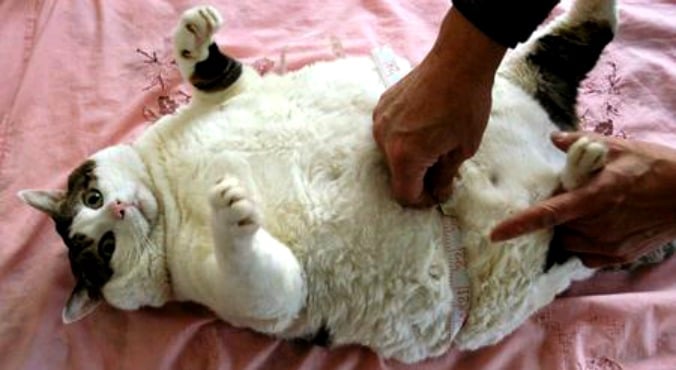
Image via Flickr
by Tom Sanders
Our understanding of fats – including which ones are actually good for us – is evolving. We know for example that red meat and meat products, cakes and biscuits, which are rich sources of saturated fatty acids, are associated with an increased number of cardiovascular deaths. Conversely, nuts, oily fish and milk products, which are high in saturated fats, are associated with lower risk.
There are four main types of fats in our foods: polyunsaturated, monounsaturated, saturated and transfats. Each has different chemical and physical properties. Vegetable spreads and cooking oils – mainly rapeseed, sunflower, soybean and olive – usually contain the first two but relatively small amounts of saturated fat. But palm oil, which has a higher melting point and is now used in many products, is highly saturated.
Dietary advice, then, has moved away from the simplistic mantra that we should just eat less saturated fat, salt and sugar, towards a more discerning pattern that emphasises fruit, vegetables and low-fat dairy food, includes wholegrains, poultry, fish and nuts, and contains less red meat, sweets and sugar-containing beverages. But where do fats fit in? Here are ten things you may not know.
1. Fat is an energy food
Most of the energy in our diet comes from carbohydrates. But fat supplies between a quarter and two-fifths of an adult’s energy intake and half for a newborn. In babies, a high fat intake promotes fat deposits which insulate against heat loss.






























































































